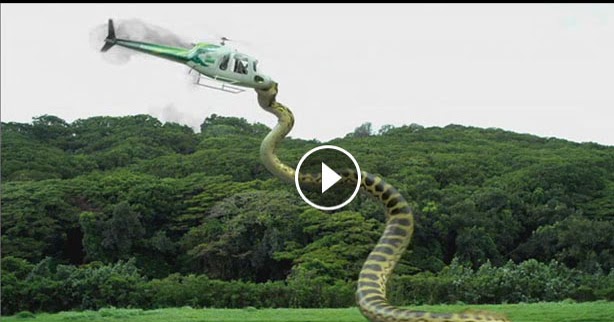

Kale Sniderman is an Earth scientist at the University of Melbourne in Australia who studies prehistoric climates and ecosystems. He and his colleagues used its ample size to make an educated guess about the environment it lived in.īy their calculations, the very existence of such a huge, cold-blooded reptile indicates that Colombia must have had a mean annual temperature of 86 to 93 degrees Fahrenheit (30 to 34 degrees Celsius) when the snake reigned 58 million years ago.īut perhaps dead boids aren't the most reliable gauges.

Instead, they maintain their vital functions by absorbing warmth from their environments.īack in '09, Head described Titanoboa as a giant thermometer. Reptiles may have reaped the benefits for the most part, snakes, lizards, turtles and crocodiles can't generate body heat like human beings do. Head (who did not respond to our request for comment) cited this animal as evidence of the Paleocene's hot climate.Ĭlimate scientists think the world was far warmer in the early Paleocene than it is today. The lead author was paleontologist Jason Head of the University of Cambridge. Titanoboa's discovery was first announced in a paper published in the journal Nature. Longer than Tyrannosaurus rex, Titanoboa cerrejonensis is the biggest snake known to science, living or extinct. Theoretically, it might've tipped the scales at 1.25 tons (1.13 metric tons). Scientists estimate that the Paleocene predator stretched 42 to 47 feet (12.8 to 14.3 meters) in total length. Regardless, neither serpent could hold a candle to Titanoboa. But the retic has a sleeker frame experts don't think it can rival the anaconda's maximum weight. Over in Asia, the unrelated reticulated python - or "retic" - can exceed this figure, stretching up to 28 feet (8.5 meters) long in some cases. And it's plenty long, too: The biggest reliably measured specimen was 27.2 feet (8.3 meters) in length. Capable of weighing 440 pounds (200 kilograms), this South American serpent is the heaviest modern snake. Titanoboa also invites comparisons to a much larger boid: The green anaconda.
#TITANOBOA VS ANACONDA MOVIE#
Movie buffs who've seen " A Clockwork Orange" will probably recognize said reptile. Of all the boids alive today, Titanoboa's closest relative might be the red-tailed boa, a denizen of Central and South America that can grow up to 13.2 feet (or 4 meters) long. Being nonvenomous, they tend to kill by constriction. It makes sense geographically: Boids are a family of snakes usually found in the Americas. For example, subtle clues in the vertebrae indicate that the animal was a boid. By comparing the fossils to the bones of living snakes, we can get a pretty good idea of what Titanoboa looked like.
#TITANOBOA VS ANACONDA PLUS#
Instead, the scientific community has had to make do with an assortment of ribs and vertebrae - plus some skull material. Unfortunately, we've yet to locate a complete skeleton. Scientists break the Cenozoic down into subdivisions called "epochs." And the first of these - the Paleocene - saw the rise of Titanoboa cerrejonensis, a colossal snake that would make modern pythons and anacondas look like spaghetti noodles.įossils from 28 of these giant snakes have been recovered at Cerrejón. Although mammals diversified like crazy in the Cenozoic, Earth wasn't done with giant reptiles yet. It also marked the dawn of our current geologic era: the Cenozoic, or the "Age of Mammals."īut don't let the nickname fool you. Indeed, this was one of the greatest mass extinction events of all time.

rex died, other reptilian lineages - from the winged pterosaurs to huge, aquatic relatives of today's monitor lizards - simultaneously kicked the bucket. The extinction of the dinosaurs ( birds notwithstanding) 65.5 million years ago didn't happen in a vacuum. This display was part of the Museum of Natural History's exhibition in Washington, D.C., in 2013. The Smithsonian created a full-scale, scientifically accurate replica of Titanoboa, the biggest snake to have ever roamed Earth, as part of a traveling exhibit.


 0 kommentar(er)
0 kommentar(er)
